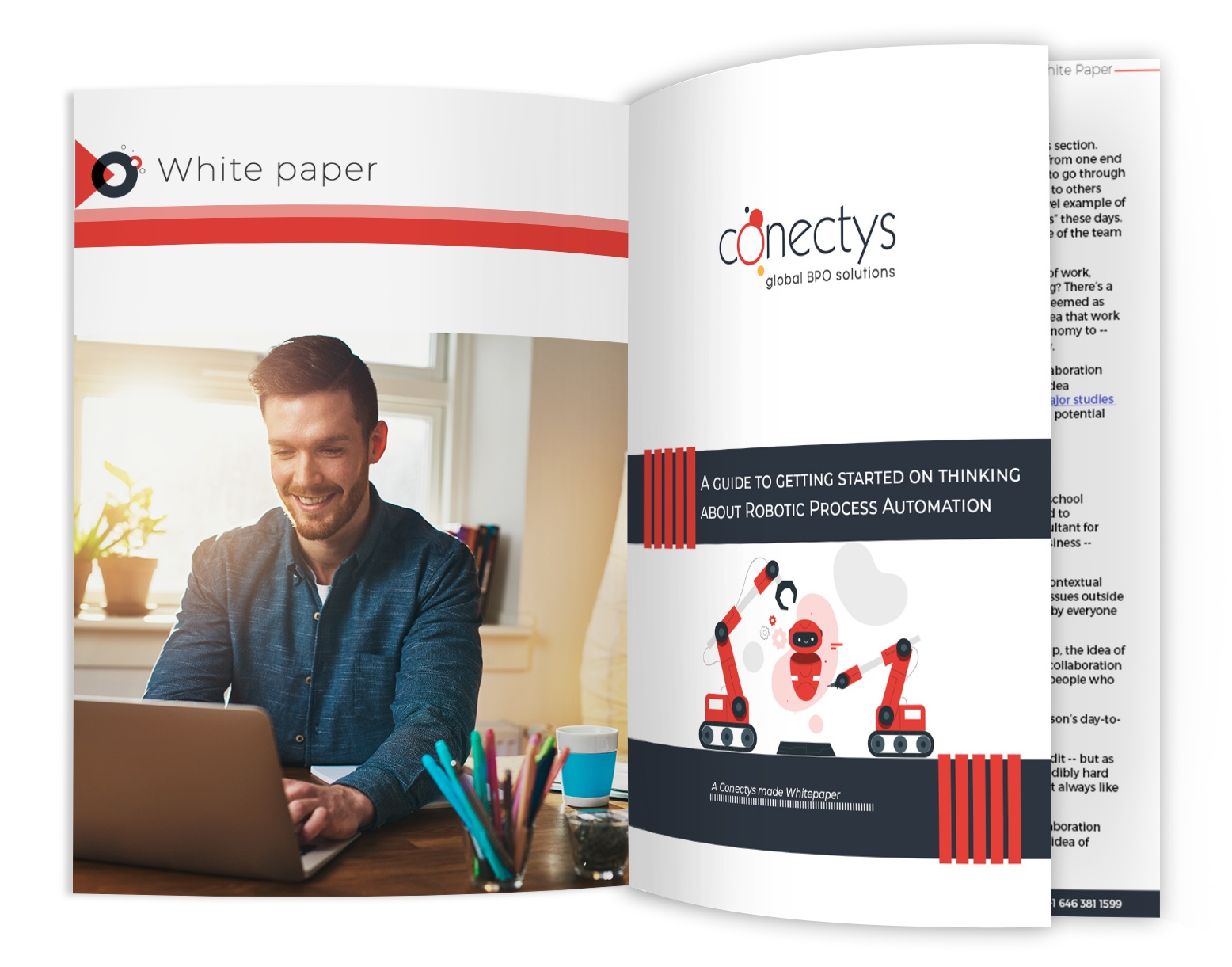Robotic Process Automation (RPA) has become a major topic in the past 3-5 years.
The focus on its potential benefits has been massively driven forward by COVID repercussions on businesses. Just over the summer of 2020, we saw articles about how RPA is growing at an insane worldwide CAGR of 29.8%, how it might represent the future of healthcare revenue cycle management, how it could be a “game-changer” for the financial sector, and how even marketing and sales silos are using it.
Admittedly, what’s driving some of the discussion forward is the potential around cost containment. That part of the equation can be trickier to discuss — no one wants to think about the potential of lost jobs, especially theirs — and while cost containment is a focus of the RPA push, that’s not everything going on.
What we wanted to do here was discuss a few things that someone would need to understand to have an initial, high-level view of getting started with RPA, including:
- What types of projects are best?
- How do these projects end up not working out well?
- How does RPA help a company with cost control, quality of information, and time-to-market?
- How long do these projects take to implement?
There’s a lot of potential in this space, both customer-facing, and back-end. Consider this white paper a high-level view into RPA.
